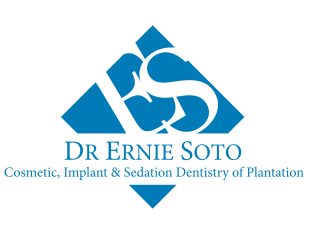Dental veneers are sliver-thin, customized layers of materials that are permanently bonded to the front of teeth to improve tooth color, shape, or size. Veneers are used to improve the appearance of chipped, discolored or malformed teeth.
The placement of veneers is a technically challenging procedure. It usually involves multiple teeth, affects the contact between teeth (“occlusion”) and speech, and requires multiple shades of tooth structure. The veneers need to blend with existing soft tissue in the area and requires expertise in different dental materials, procedures, and techniques.
What Makes Veneers Good or Bad?
The success of veneers depends on the skill of the dentist and his team. Poorly done veneers can have devastating results for both patient and dentist.
A number of factors collectively contribute to the success or failure of veneers, including:
4-8-10 Rule. All the teeth that show in the patients’ broadest smile require veneers. The anterior eight and often ten teeth are visible in a smile. Due to lack of knowledge or cost considerations, patients may ask for veneers only for the first six anterior. This will give a less than ideal result. The 4-8-10 rule means that the most appropriate treatment plan is either treating teeth 7 to 10 or treating the anterior 8 to 10 teeth.
Aesthetic Ceramist. Porcelain veneers are a form of art. Dentists and ceramists work together to create the ideal look for a patient. Inexpert ceramists can make all the difference between good-looking and bad-looking veneers.
Education, Information, and Trends. A combination of skill, training, talent, technique, and artistic ability is the most critical factor in a cosmetic dentist. It is vital to keep up-to-date with the latest development and advances in veneer technology for the best patient outcomes.
Soft tissue (gingival) symmetry is the hallmark of an ideal smile. Keeping this front and center while planning makes a successful installation. Failure to address gingival symmetry adversely affects the esthetic outcome of veneers.
Lab Wax-Up. A wax model allows the dentist to visualize the final goal in three dimensions. Duplicates allow the dentist to practice on a model before the actual operation. Failure to do this can result in imperfect veneers.
Photographic Records. Meticulous photography, especially pre- and post-operation is crucial on many levels. Photography also allows the ceramist to view all aspects of the teeth to provide best results.
Underlying Staining. If ferric sulfate solution is used as a hemostatic agent (to stop bleeding), it can cause “microleakage” staining, especially with ceramic veneers. Aluminum chloride may be a better alternative.
Unsuitable Candidates. Dental, medical, psychological, philosophical, or personality issues might make an individual unsuitable for a particular dentist or procedure – including veneers.
For more information on dental veneers, please call Dr. Ernie Soto at (954) 368-6264 or request an appointment online. He will help you to decide whether veneers are right for you and help you get the smile you desire.
